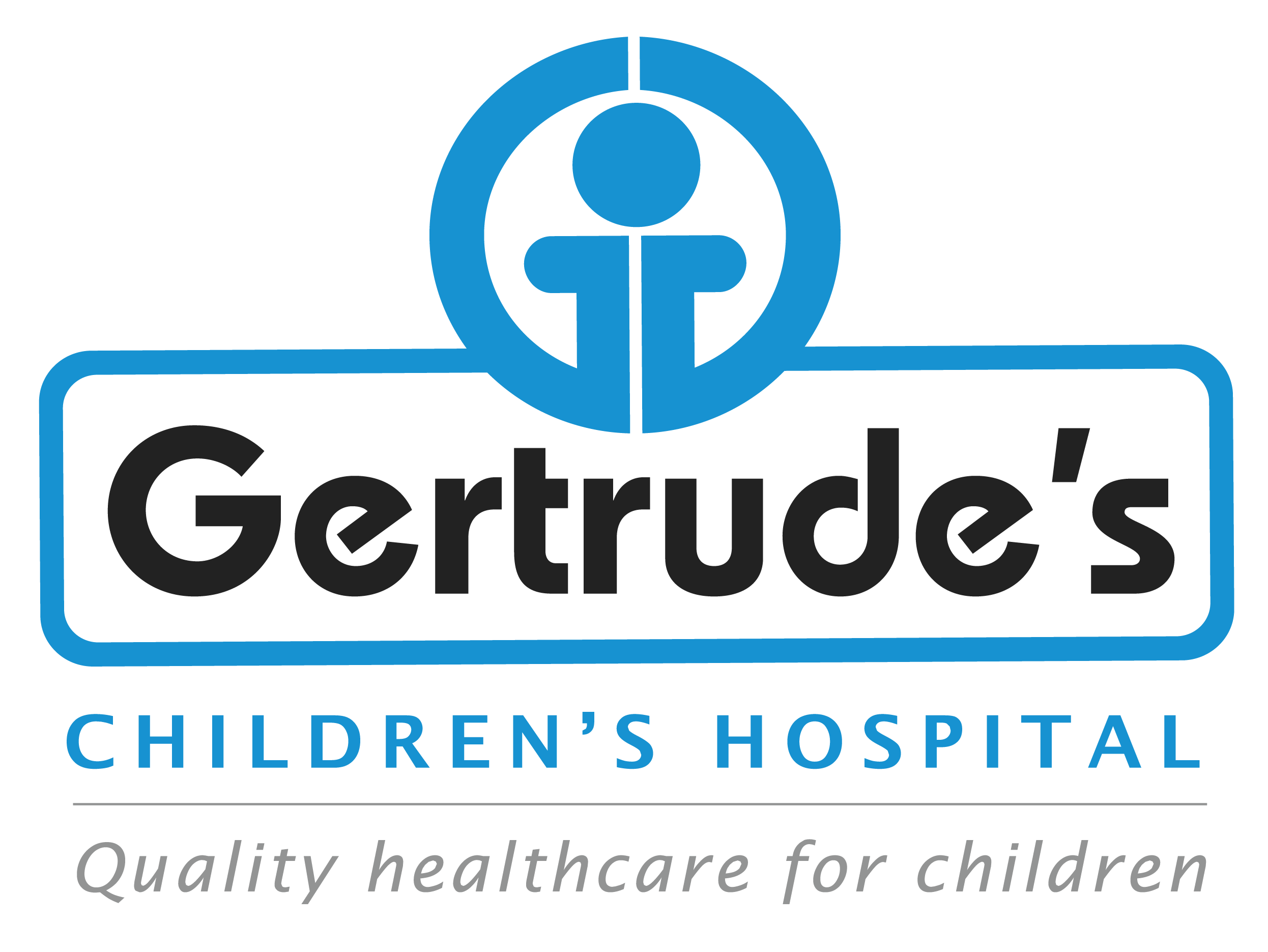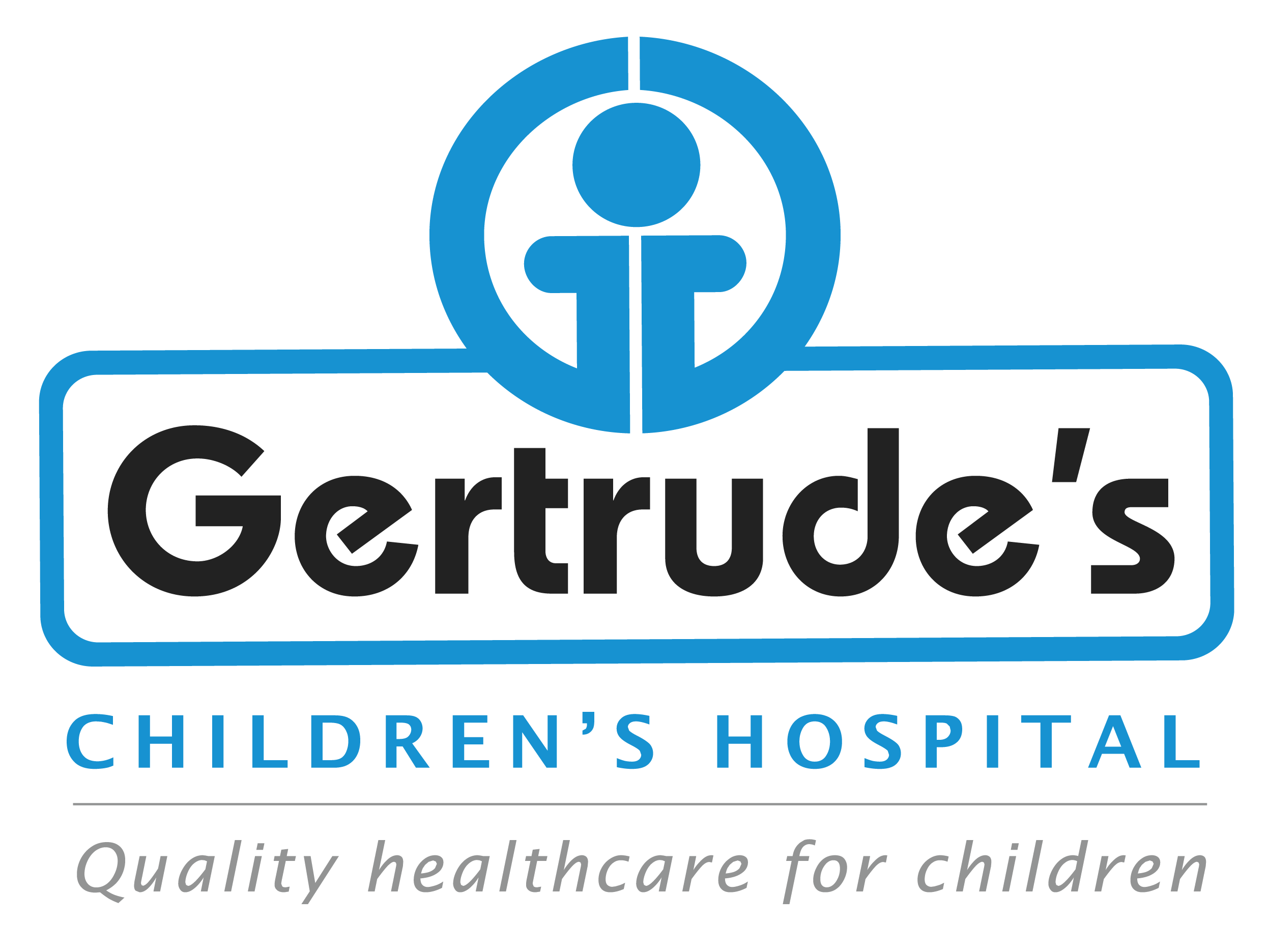Aplastic anemia is a rare but serious condition where the bone marrow fails to produce enough new blood cells, including red blood cells, white blood cells, and platelets. This deficiency can lead to a variety of health problems, including fatigue, infections, and uncontrolled bleeding. In children, aplastic anemia can be particularly challenging, but with the right treatment and care, many children can manage the condition and lead healthy lives. The condition can be acquired or inherited, with some cases linked to environmental factors, medications, or other underlying health issues.
Symptoms
- Fatigue and Weakness: Due to a lack of red blood cells, children may feel unusually tired or weak.
- Frequent Infections: A shortage of white blood cells can make it harder for the body to fight off infections.
- Easy Bruising or Bleeding: Low platelet levels can cause easy bruising, frequent nosebleeds, or bleeding gums.
- Pale Skin: A noticeable paleness, especially on the face, due to anemia.
- Shortness of Breath: Children may have difficulty catching their breath, especially during physical activities.
- Prolonged Bleeding: Minor cuts or injuries may take longer to stop bleeding.
Causes
- Autoimmune Disorders: The immune system may mistakenly attack the bone marrow, leading to a decrease in blood cell production.
- Exposure to Toxins: Certain chemicals, such as benzene, or radiation can damage the bone marrow.
- Medications: Some drugs, particularly chemotherapy or antibiotics, can suppress bone marrow function.
- Infections: Viral infections like hepatitis, Epstein-Barr virus, or HIV can trigger aplastic anemia.
- Inherited Conditions: In some cases, aplastic anemia is caused by genetic disorders such as Fanconi anemia.
Diagnosis
- Complete Blood Count (CBC): This test measures the levels of red blood cells, white blood cells, and platelets to detect abnormalities.
- Bone Marrow Biopsy: A sample of bone marrow is taken to examine the number and quality of blood cells being produced.
- Blood Tests: Additional blood tests may be done to check for underlying causes, such as infections or autoimmune conditions.
- Genetic Testing: In cases where a hereditary form of aplastic anemia is suspected, genetic testing may be recommended.
Treatment Options
- Blood Transfusions: Regular transfusions of red blood cells and platelets can help manage symptoms and prevent complications.
- Medications: Drugs that suppress the immune system, such as immunosuppressants, may be used if the condition is caused by an autoimmune disorder.
- Bone Marrow or Stem Cell Transplant: This procedure replaces damaged bone marrow with healthy marrow or stem cells from a compatible donor, offering a potential cure.
- Antibiotics and Antiviral Medications: These may be used to treat or prevent infections in children with low white blood cell counts.
- Supportive Care: This includes managing symptoms, preventing infections, and providing nutritional support to help the child maintain strength and energy.
Why Choose Us
Expert team
Our pediatric specialists have extensive experience in treating children.
Personalized care
We create treatment plans that fit each child’s unique needs
Support and education
We teach children and families how to care for them and prevent future cases
Advanced treatments
Access to the latest treatments and products
Frequently Asked Questions
Q: Is aplastic anemia curable?
A: Aplastic anemia can be managed effectively, and in some cases, a bone marrow transplant offers a potential cure. The success of treatment depends on factors like the severity of the condition and the child’s overall health.
Q: How often will my child need blood transfusions?
A: The frequency of transfusions depends on the severity of the anemia and how well the bone marrow responds to treatment. Some children may need regular transfusions, while others may require them less frequently as their condition improves.
Q: What are the risks of a bone marrow transplant?
A: While a bone marrow transplant can be life-saving, it does carry risks, including infection, graft-versus-host disease (where the donor cells attack the patient’s body), and complications related to chemotherapy or radiation used during the transplant process. Our team carefully evaluates each case to minimize risks and ensure the best possible outcome.
Contact
Please feel free to contact us with any general or medical enquiry by calling us.





